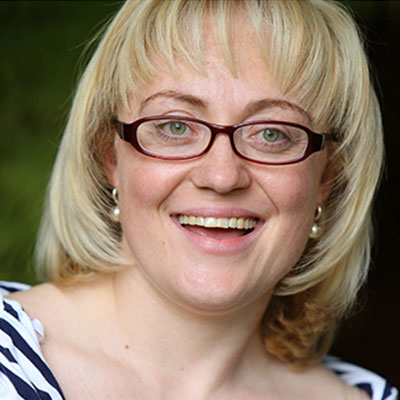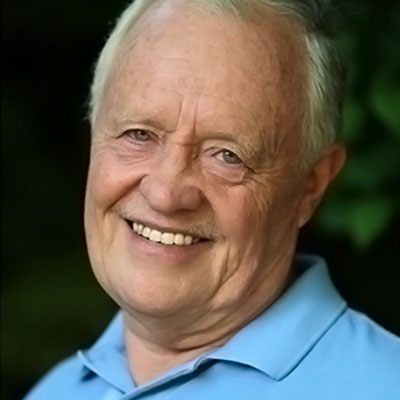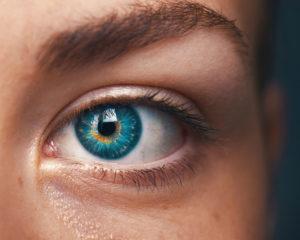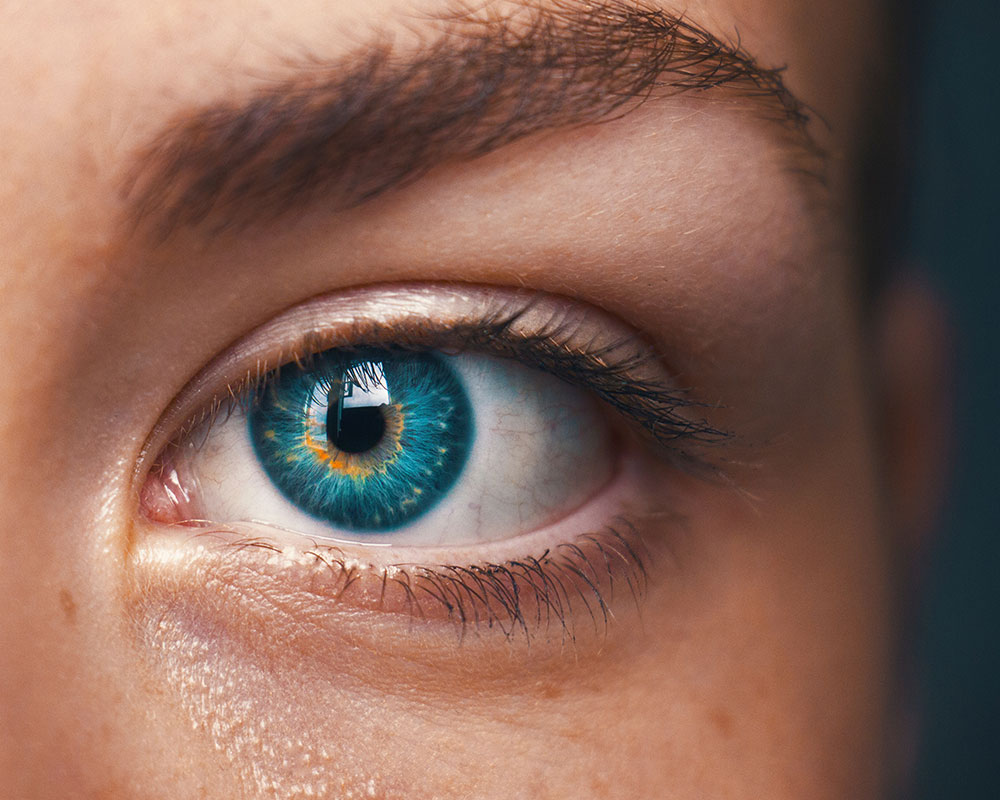What Libet discovered was astounding in it’s day – that we apparently do not have free will in the way we usually think of it… In fact whatever decisions we make in life have been made by the physical brain long before we are aware of it. Long before in ‘brain time’ that is. It’s 350 milliseconds at least before we are aware of a decision, during which time the incoming ‘data’ travels along 50 metres of neural pathways – but it feels like we are totally in charge of it! And even if we decide to change our mind, that decision was made more than a third of a second before we were aware of it.
So what we’ve always thought of, since Freud’s day, as the ‘subconscious’ is probably nothing more mysterious than the machinations of the physical brain – but a part of the brain that carries no awareness so we don’t feel it happening!
This intriguing situation stuck in Watts’ own brain as he wrestled with how this odd state of affairs could be used in a therapeutic setting and much research led to an explosive moment of recognition of exactly what’s happening, why, and more importantly, how we can use it. It was a matter of some surprise to discover that nobody else seemed to have considered this at any time, especially since early experiments showed that vast changes could be made to an individual’s thinking processes in a far shorter time than any other therapy was able to provide. This is because change is made before it causes negative responses in the conscious mind, rather than after it has triggered those responses which are so debilitating and damaging.
Soon after the first training programme, Rafiq Lockhat, an eminent South African Clinical Psychologist, became Watts’ research partner. Much research and testing followed all of which soon led to a refined protocol that is structured, replicable, applicable to a huge number of issues – and dependable. In the three years since it’s inception, BWRT has grown rapidly and acquired ‘Institute Status’ in March 2015.
The following conditions can be treated with BWRT:
- Anxiety
- Depression
- Panic Attacks
- Phobias
- Grief
- Post Traumatic Stress
- Sexual Abuse
- Low Self-esteem
- Alcoholism
- OCD
- Gambling Problems
- Eating Disorders
- Binge eating & drinking
- Addictions
- Sexual obsession/addiction
- Bullying (relationship / school)
- Substance Abuse
BWRT gets its name from the way the brain works.
BWRT is based on the discovery of Benjamin Libet a pioneering scientist in the field of human consciousness. He proved in 1983 that we do not actually have free will in the way that we usually think of it.
It feels as if we have free will in that we make a conscious decision to do things, but in reality we don’t.
The physical brain stores everything we have ever experienced simply as data which is neither good nor bad. The brain processes data and matching responses that have been employed in the past for that data, because it led to survival and are therefore labelled valid. It perceives all input simply as data to be tested. If data is recognised this part of the brain initiates a best match response 7 seconds before we are consciously aware of it – as per the Libet experiment.
Speed is everything and the first pattern match the brain finds will be the one most likely to be acted upon. These responses are not a matter of choice, reaction is purely instinctive and driven by a process for faster than conscious thought.
This explains why we can do so many things automatically without really having to think about it, e.g. driving, writing, catching a ball.
It also explains why we automatically respond with fear, anxiety anger, depression in certain situations. The brain has learned this automatic response, no matter what we consciously want. By the time we actually start to think about our reaction, the speedy part of the brain has already made up it’s mind and it is too late to change our reaction.
The problem is when you try to fix it on your own, you automatically think of the problem, which creates a loop of thoughts that keeps the same thing happening. If you think of what you want to happen instead it doesn’t work because the brain has already started doing something different.
Breaking the Loop
This is where BWRT comes in. It breaks the loop; it gets far enough back on the neural pathway to persuade the brain that a new behaviour is more suitable than the old negative one. It discovers where the mistake happens and does retraining of the brain.
It is like installing new software enabling you to:
Stop doing the things you don’t want to do e.g. having panic attacks, phobias.
do the things you really want to do e.g. have a positive self-image.










































